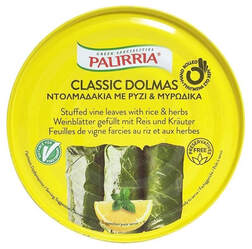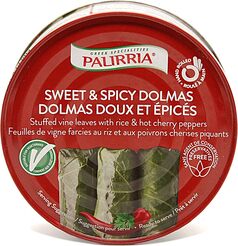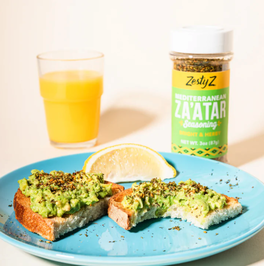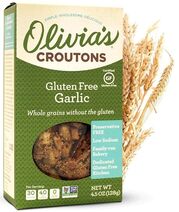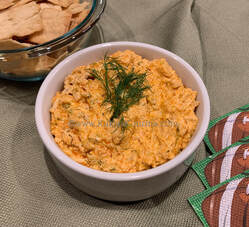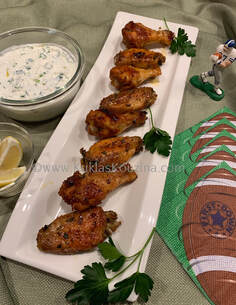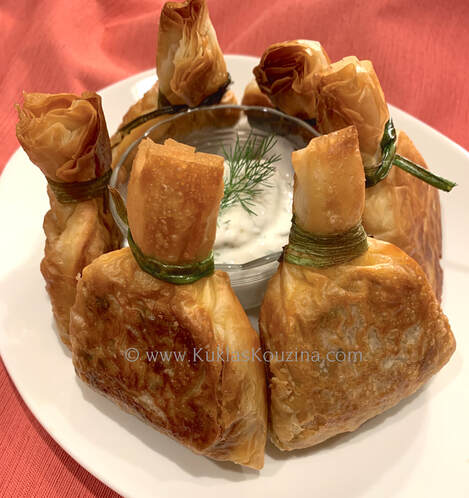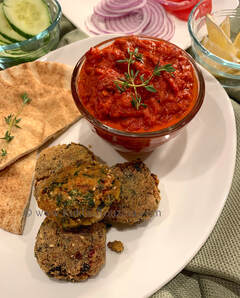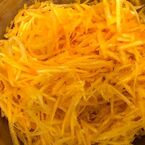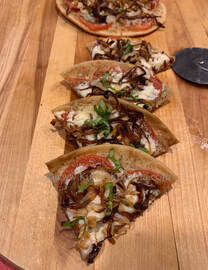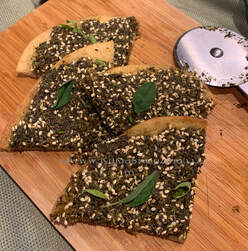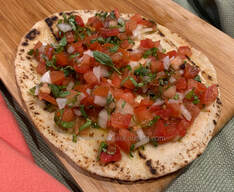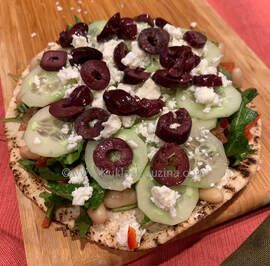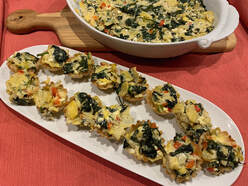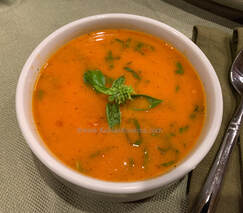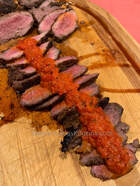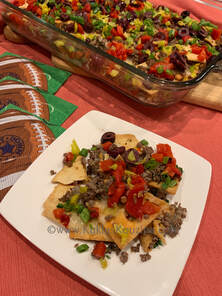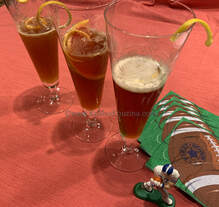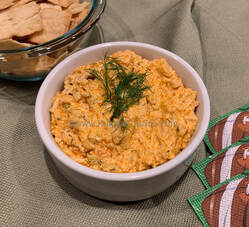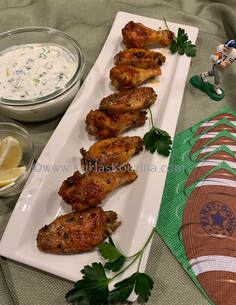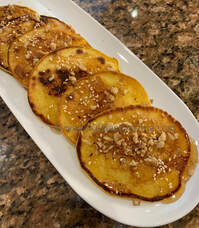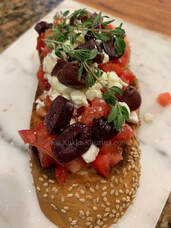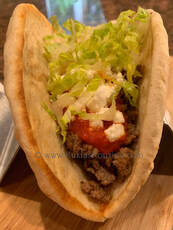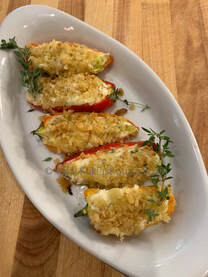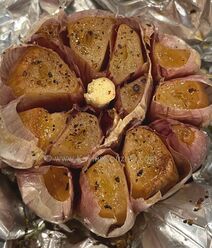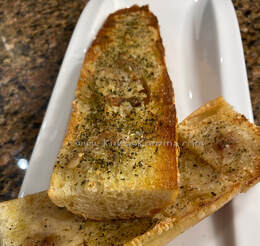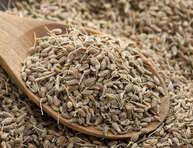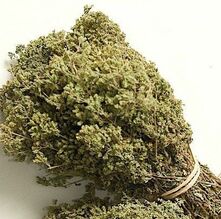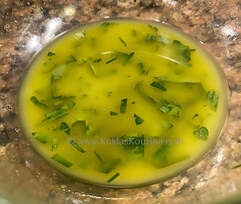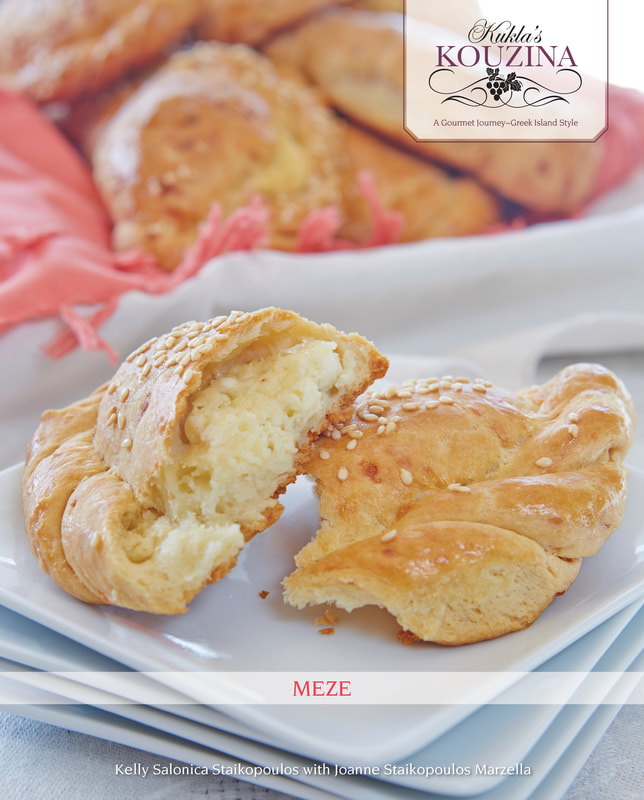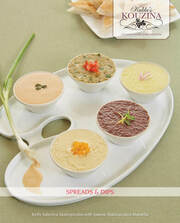
The following 30 curated finds will help you create a gorgeous charcuterie and/or dessert board and beverage station for you and your guests to enjoy throughout this holiday season. Arrange little bowls of olives, gherkins, fruit, and nuts to enhance your board, visually and tastefully.
For gift ideas, see last week’s post Mediterranean Food Gifts (including pantry staples). As an added bonus, you’ll find items in both posts that can easily cross over between categories covering everything trending for your holiday menus, snacking, and sipping by the fire (or TV). Get ready to be WOWED by some of the most exceptional foods and drinks we’ve sampled!
MEDITERRANEAN CHARCUTERIE

Saying these chesses are magnificent does not do them justice. We can’t pick just one, so we’re including two in this lineup. The Argitoni Pecorino Romano is creamy, rich, and not too salty (as Pecorino Romano can be). The Busti Pecorino di Fauglia is nutty, silky, and melts in your mouth as it continues to burst with Tuscan flavor. The company also produces lactose-free cheeses. We suggest you purchase these in wheels and serve with a cheese knife, as pictured here.
Contact Schuman Cheese for purchase information.
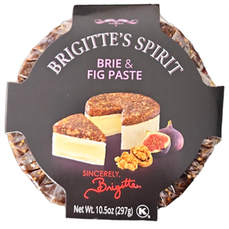
Every cheese from this brand has a distinct personality that makes you want to say: “I’ll have one of each!” Three of our favorites are perfect for this post. Prairie Jack with Lemon & Sage cheese captures the flavors so common in Greek cuisine. Prairie Jack with Sundried Tomato & Olive cheese tastes like pizza, seriously (and also comes shredded for homemade pizza)! And the ideal cheese centerpiece is the layered Brigitte’s Spirit Brie & Fig Paste (the Brie & Guava Paste is pretty awesome, too).
Shop locations

This producer creates award-winning cheeses that range from fresh and tangy to soft-ripened classics, to buttery aged chesses. Their Meyer Lemon and Honey Goat Cheese combines floral Meyer lemon that’s lightly sweetened with delicate alfalfa honey (two Greek favorites) which is then mixed into fresh goat cheese — tangy with a balanced sweetness and the brightness of coastal sunshine.

Ivy’s Reserve Vintage Cheddar is the world’s first carbon neutral cheddar, named after the family’s grandmother Ivy Clothier, who perfected the recipe in the 1930s. Made with 100% green energy using electricity and gas sourced from solar power and biogas generated from the farm and dairy waste. The award-winning cheese is crafted in Somerset, England at Wyke Farms and is aged up to 18 months to develop a slightly sweet, nutty, creamy complex flavor with a rounded tangy finish.
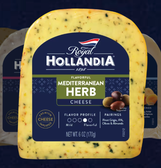
Imported from Holland, this robust variety merges savory notes of black olives, tomatoes, basil, and garlic. Pair with mixed olives, almonds, roasted red peppers, Pinot Grigio, and IPAs.
Also exceptional is their Mild Gouda with a mild taste and creamy texture, adding a nice balance to a board filled with strong flavors. Pair with green grapes, almonds, salami, rosé, or amber ale.
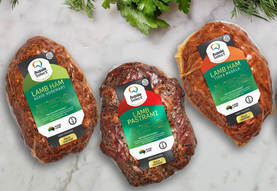
Nothing says Greek like lamb! DELIcious all-natural, fully-cooked, pasture-raised Australian lamb in varieties Tikka Masala Lamb Ham, Agave Rosemary Lamb Ham, and Lamb Pastrami elevate the cold-cut aisle to a gourmet level. These flavorful, minimally-processed meats are naturally lean and tender, and a good source of protein, as well as 13 essential nutrients, including iron, Omega-3, and B vitamins.
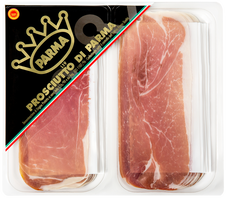
Tender, buttery, melt-in-your-mouth (no gristle), hands down the best prosciutto you will ever wrap your mouth around. Look for the Parma Crown on the packaging—the five-pointed crown, or “ducal crown,” was originally created to symbolize the Duke of Parma and Piacenza (a town northwest of Parma) but is still used as the coat of arms for the town of Parma today. When you buy Prosciutto di Parma, you don’t have to worry about quality.
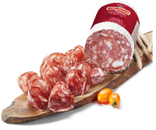
Rovagnati charcuterie meats are produced in Italy and brought to the U.S. Italian tradition is carried through its premium range with no-nitrites-ever salamis and cold cuts. The brand features a vast assortment to complement any table.

This traditionally-prepared salami represents the best flavors of the famous North Beach neighborhood in San Francisco.
The meat stick is dry-cured, dense, nitrate and hormone-free, and packed with 7 grams of protein per serving.
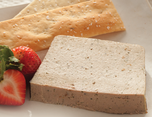
Duck Liver and Pork Mousse with Cognac will make a luxurious meat addition to your board. The winner of the prestigious Good Food Award in San Francisco, this pâté is incredibly smooth and spreadable. This is just one of the many exceptional foods from this brand.
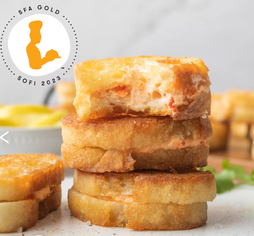
Gourmet lobster cooked and shipped to your door. Four-star entertaining has never been this easy. Hancock’s Mini Lobster Grilled Cheese appetizers make a wonderful addition to your board. Made with sweet Maine lobster surrounded by melting cheese and stuffed between slices of sourdough bread, these apps come ready to heat and serve. In addition to more appetizers, entrees, and soups & chowders, Hancock offers delectable lobster gift packages like Mac & Cheese, pot pies, and risotto.
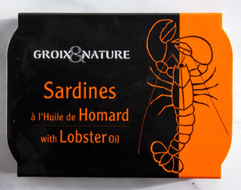
Say “Oui” to sardines from Brittany, France that are prepared by hand and delicately marinated with lobster oil (made from grape seed oil in which the cooked lobster shells are infused). These sardines with lobster oil (with 19 grams of protein per 4-ounce can) can be served in a bowl on your board, as well as enjoyed alone or added to a salad or meal. Bon appétit!

This precooked Pizza Crust is naturally fermented using 00 flour (perfect for pizza dough) and hearth-baked on a hot stone for extra volume, a light and airy texture, and crispy crust. Sure you can make pizza with it, but because of its thickness, it doubles as fresh bread. Just heat, slice like focaccia, and serve on your board or on the side.
*Varieties: Traditional, Original, Ancient Grains

These crackers are a tasty gourmet snack or meze accompaniment. Every little cracker is traditionally baked in France using the renowned French Roquefort PDO blue cheese and a hint of honey.
Thirty percent real Roquefort is incorporated in the recipe.

This Macedonian 100 percent all-natural spread is simply made with roasted peppers and eggplant, sunflower oil, and sea salt.
*Gluten-free, vegan, and vegetarian.

Quality and flavor that takes the ordinary out of traditional condiments. Purchase them individually or in sets for gifting! These go well with charcuterie but it doesn’t stop there.
*Cleveland Ketchups top flavors: Bacon & Bourbon (made with real applewood-smoked bacon and a touch of bourbon), Garlic Dill (made with real pickles to satisfy pickle aficionados)
*Cleveland Mustards top flavors: Brown (deli style with a balanced mix of tartness and subtle heat to dress up any food), Gametime (Cleveland-style brown mustard with a bite that pairs perfectly with game-day and tailgate foods)

Similar to the rich and flavorful butter made in Greece (but available in the U.S), this grass-fed butter is pasture-raised and fed, displaying a deep yellow color that develops from the grass. Made from fresh pure cream with just two ingredients (cream and salt, no water), as nature intended. The non-GMO butter is gently churned and has a velvety taste and texture.
*Other premium varieties: Sea Salt Crystals, Unsalted, Garlic & Chives
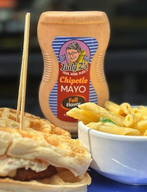
Add outstanding fresh homemade taste to your board and have everyone asking for the recipe! The originals date back three generations and honor the lady herself, Judy Z.
*Judy Z's Chipotle Mayo (low-carb, gluten-free), Chipotle Light Mayo (low-carb, low-calorie), Chipotle Vegan Mayo (low-carb, low-calorie)
*Judy Z's Garlic Tarragon Salad Dressing (rich, creamy, low cholesterol, non-GMO)
Shop
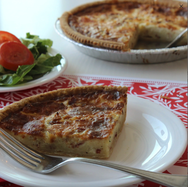
While well known for their sweets, André’s also has a strong savory following for their Signature Quiche, which ships nationally. It comes in two flavors: Quiche Lorraine and Cheese Pie. Just slice and add to your board or serve on the side.
You could also create a sweets board with their Winter Holiday Collection chocolates/desserts. Be sure to explore the many other delectable products André’s offers!
SWEET BOARD

Add a sliced Fig Salami from this Greek importer to your savory or sweet board and your guests will want to place their own orders. We love the orange-zest variety, as well as smoked paprika, pistachio and pepper, pistachio and cinnamon, almonds and black pepper, and more.
The salamis are also available in sets of three and five.
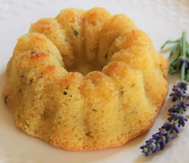
Located in Memphis, Tennessee, Lily Maude's was founded with a mission to reinvent their heritage flour confection recipes when the founder was diagnosed with autoimmune disease and food allergies. So they stripped them of gluten and nuts while keeping the butter, eggs, sugar, and texture intact. Their goal was to produce desserts worthy of a blue-ribbon or Sofi Award. Mission accomplished! These moist, light-and-airy mini bundt cakes are the perfect individual size (no cutting required) and come in a variety of seasonal flavors to satisfy everyone’s sweet tooth.
BEVERAGES HOT & COLD
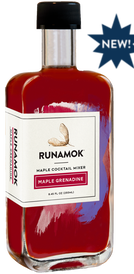
Runamok’s new Maple Grenadine” cocktail mixer (pomegranate, lime, maple sugar) is sweet, tart, and deliciously refreshing. This all-natural grenadine is reminiscent of the original grenadine recipe before artificial colors (Red 40, Blue 1) and high-fructose corn syrup were added to the mix. Deliciously nostalgic!
*Add to cocktails, mocktails, seltzers, spritzers, and slushies (check out their recipes)
This family-owned, Vermont-based producer also produces the best maple syrups (for pancakes, cooking/baking, and also for drinks) in a variety of flavors that taste of the holidays (like Cardamom, Cinnamon-Vanilla, and Sparkle) and every other season as well! They have gift packages and pairing collections that will make any maple-syrup aficionado sing their praises!

Unlike most soda, GuS’s is full of flavor and not overly sweet (it’s lightly sweetened with cane sugar with nothing artificial), has real juice, natural extracts, and no caffeine. Go holiday with Pomegranate or Cranberry Lime, or choose from their many other flavors.
*Drink alone, over ice, or add to cocktails, mocktails, seltzers, and spritzers (check out their recipes)
*Gluten-free and is non-GMO.

Natural Blonde is 91 percent juice using only premium handpicked sun-ripened fresh yellow tomatoes (instead of red) to craft a uniquely perfect sunny Bloody Mary experience. Available in original and Spicy in a variety of sizes, as well as gift sets.
*Add to cocktails or mocktails
*Alcohol-free, all-natural, gluten-free, low sodium, no preservatives, 2-year shelf life (check out their recipes)
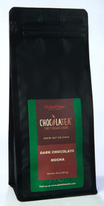
This creamy-rich hot chocolate is brewed like coffee and you can drink it hot or cold. A vegan-friendly dark chocolate made from fermented, dried, roasted organic cacao beans is rich in antioxidants, is naturally sugar- and dairy-free and is remarkably delicious. The ChocolaTea Collection is not just about hot chocolate but also merges this distinctive cacao with coffee and tea varieties, including Dark Chocolate, Double Dark Chocolate Dream, Dark Chocolate Magic Coffee, Dark Chocolate Fresh Mint, Dark Chocolate Mocha, Dark Chocolate Chai. Try a Sampler Pack to get the full experience. This is definitely one of our favorite things!

Well known for their fabulous array of honeys (like our fav, Tupelo), Savannah Bee’s organic coffee lives up to the expectations!
Arabica coffee beans are gently roasted and coated in the brand's pure golden honey, infusing a subtle, mellow sweetness into this rich, full-bodied coffee. This flavor duet wakes you up while wrapping you in warm-cozy yumminess.

Join the party without the buzz with this nutrient-crafted beverage that gets its intoxicating flavor from natural ingredients with no added sugar, artificial flavors, or preservatives. Plant extracts are infused for wellness in smooth-and-buttery Cacao and healthy-and-happy Cassia blends.
*Vegan, gluten-free

Crafted in South Africa, award-winning Abstinence Spirits is a collection of non-alcoholic Italian-style bittersweet Aperitifs & Spritzes. The 1:1 replacements for alcohol makes these ideal for versatile mixing for both non-alcoholic and alcoholic drinks, Varieties include Blood Orange Aperitivo Spritz, Lemon Aperitivo Spritz, Cape Spice, Cape Citrus, Cape Floral, and more (check out their recipes).
*Distilled botanical spirits, sugar-free, calorie-free
*Company contributes 1% of annual sales to environmental causes

How about some bubbly alcohol-free mimosas? The blend of California grapes, real fruit juice, and botanical flavors with a touch of apple cider vinegar results in a zero-proof, crisp, refreshing champagne taste with half the calories of other ready-to-drink cans.
*Varieties: Grapefruit Raspberry & Holy Basil, Cranberry Hibiscus & Ginger, Pineapple Lemon & Mint, and Orange Turmeric, as well as a Variety 6-Pack
I hope you and those on your guest list enjoy these wonderful products we discovered at the Fancy Food Show. Share your photos in Comments below—we’d love to see your creations. If you have time to prepare, our cookbooks Kukla’s Kouzina: Meze and Spreads & Dips feature some of our favorite holiday recipes!
Sign up for our e-newsletter (if you haven’t already) and stay connected on social media for cooking tips and recipes, as well as for all Kukla's Kouzina updates and news.
Thanks for following us and we’ll see you next Monday!
Until then~
Kali orexi! Good appetite!
Kelly
Web design by Kelly Salonica Staikopoulos

